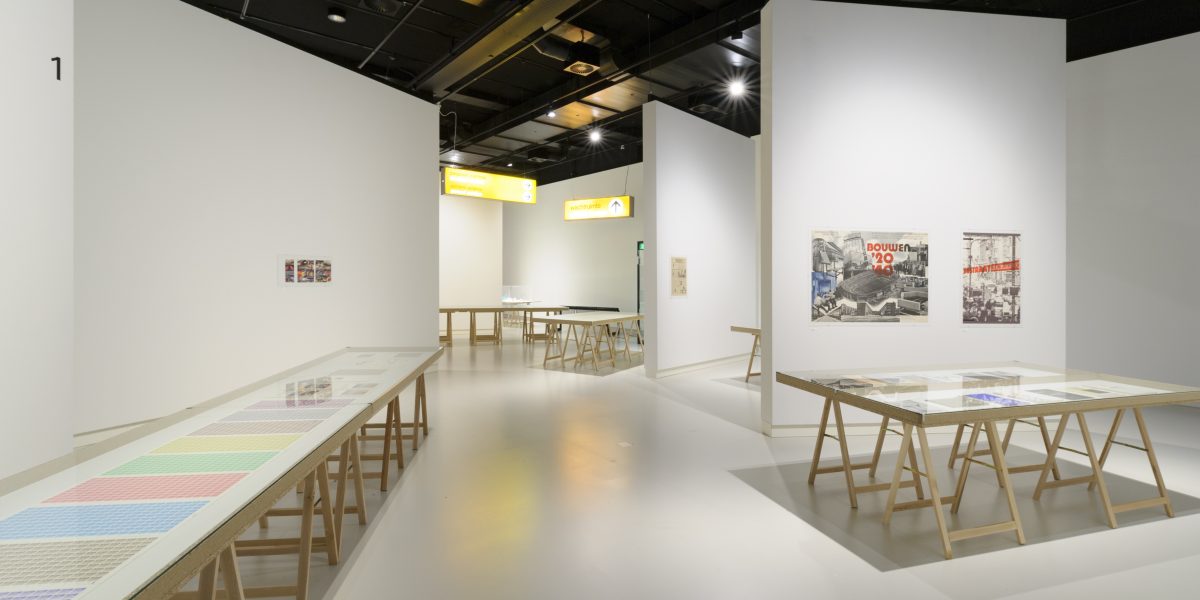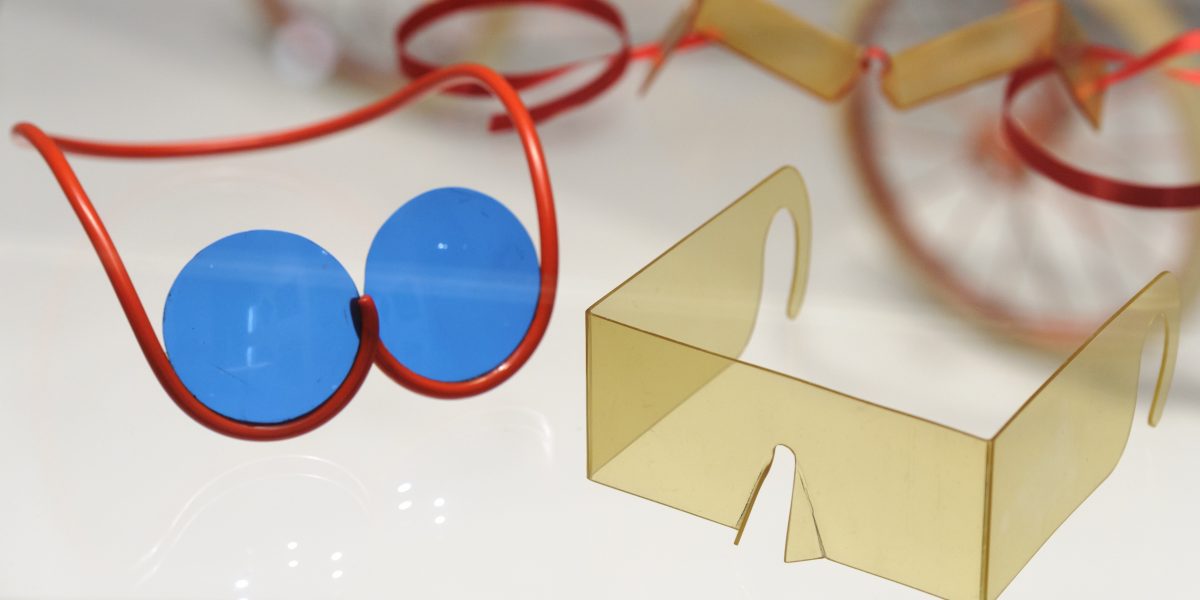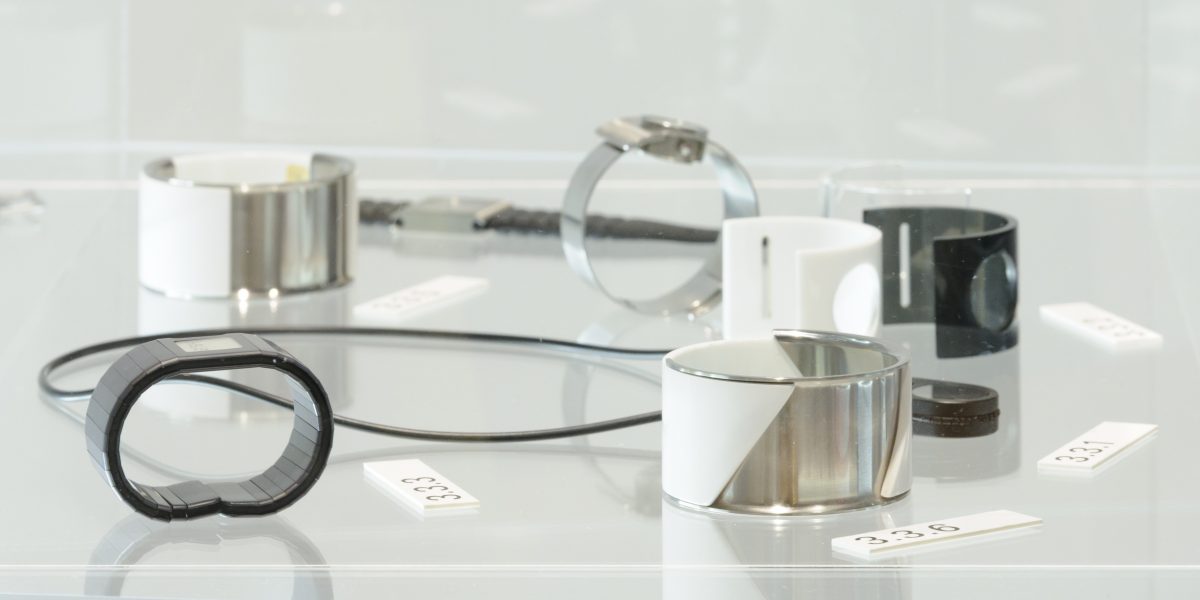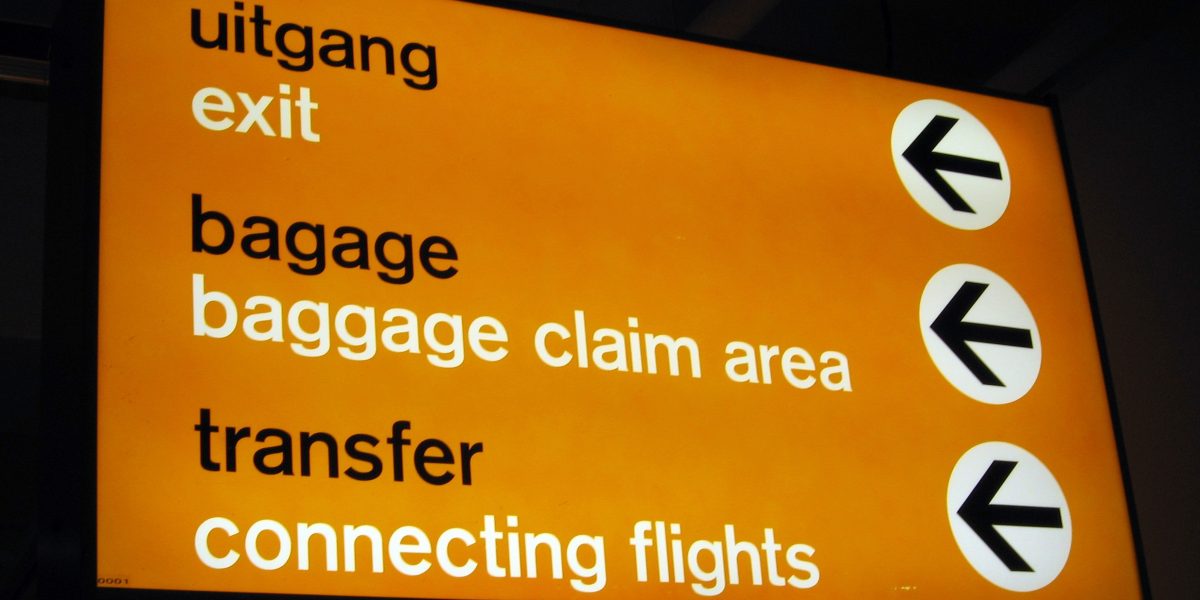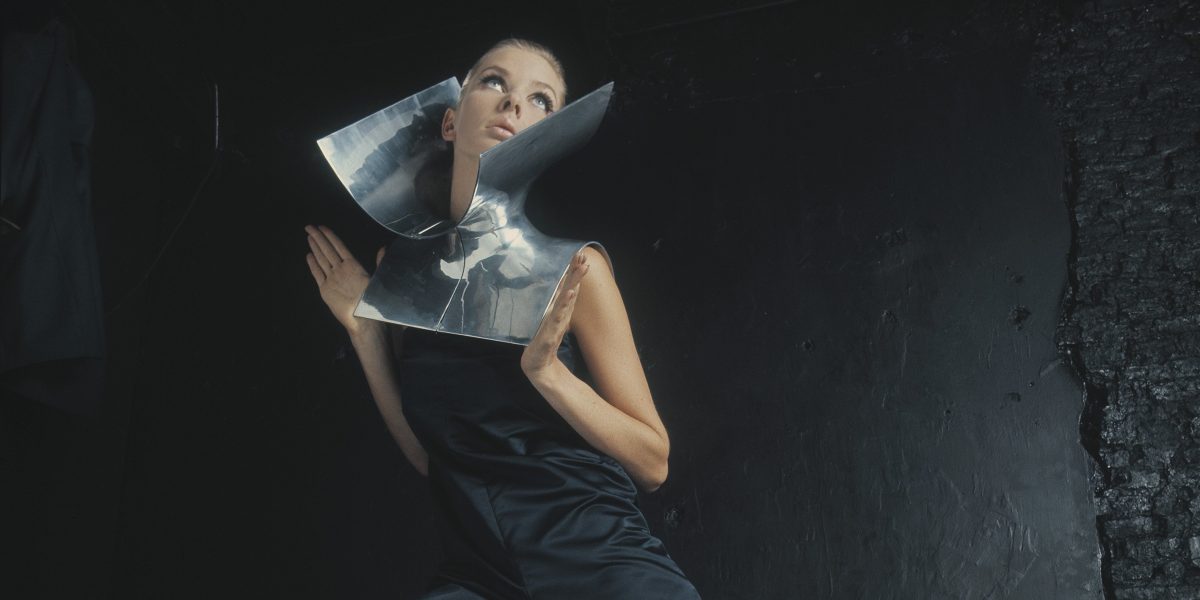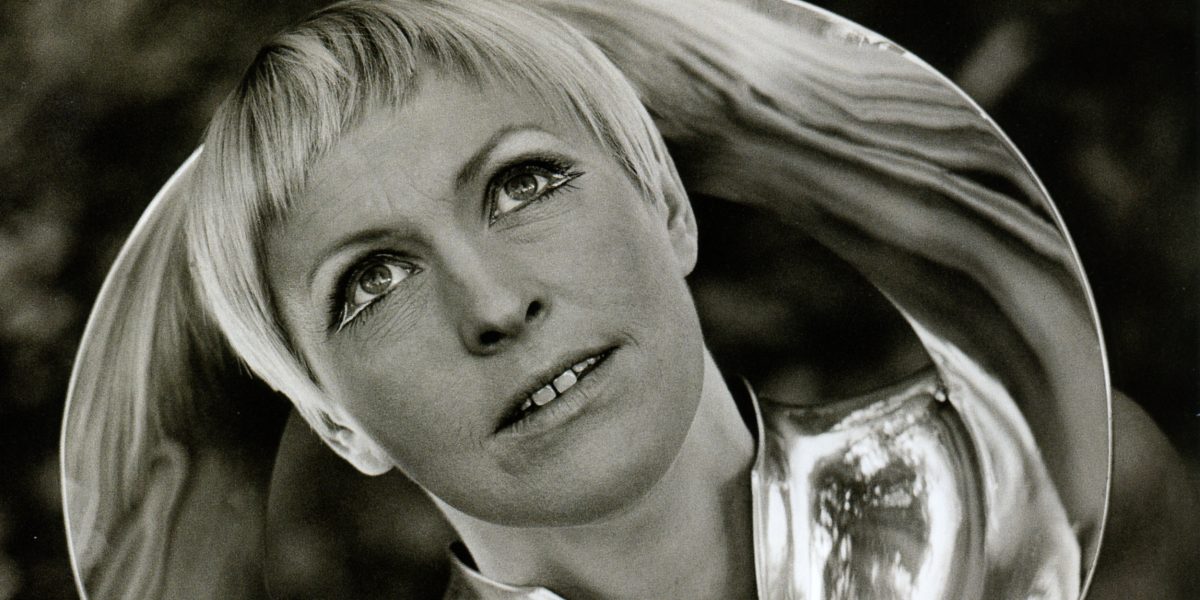Modern Nederland 1963 – 1989
From the 1960s onwards, the Netherlands aspired to be modern. The distinctive design associated with Dutch modernism was abstract, geometric, white, grey and black. ‘The Modern Netherlands 1963–1989: The Design of a Model Nation’ presents a lively survey of design, architecture and art in the period in question.
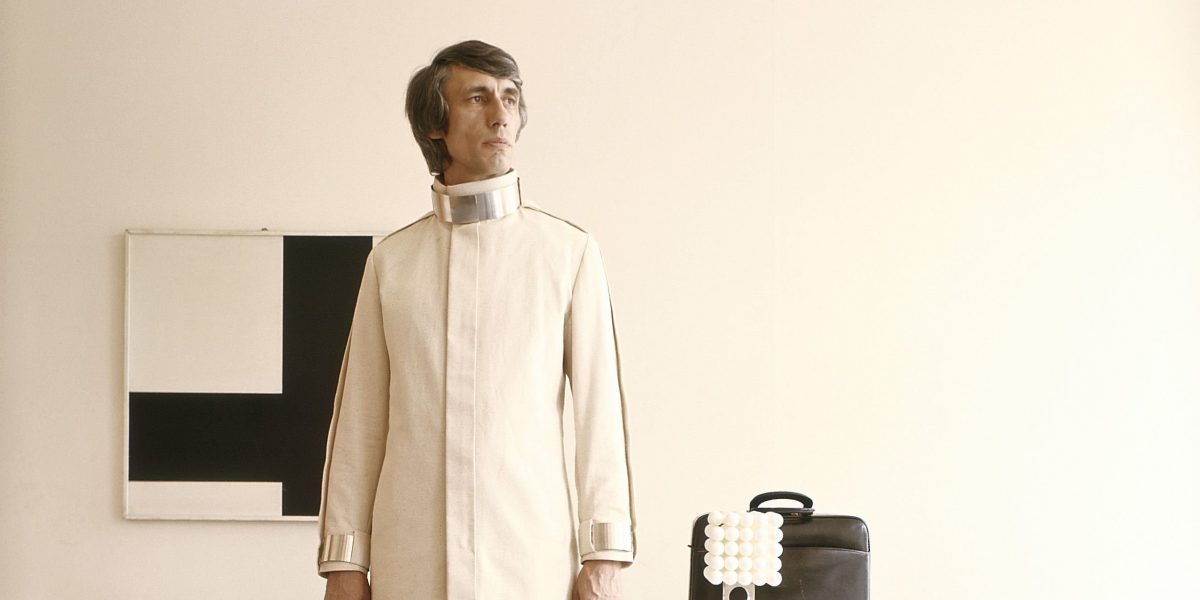
Ontwerper Wim Crouwel. Paul Huf/MAI
From the 1960s onwards, the Netherlands aspired to be modern. The distinctive design associated with Dutch modernism was abstract, geometric, white, grey and black. While part of an international modernist movement, it was also typically Dutch in terms of both its visual language and societal ambitions. State-owned enterprises like the PTT (the postal service), the railways and the tax department were an important client for designers and combined in this way to communicate the country’s anti-traditional, open, tolerant and democratic post-war values. From postage stamps to large-scale civil engineering projects, the government made its mark on every form of public design.
Critical reappraisal
In the course of the 1990s, this characteristically Dutch modernism gained a negative reputation. Thirty years on, virtually every trace of the style has been torn down, cleaned up, stored away or forgotten. The time has now come, however, for a critical reappraisal of Dutch modernism from 1963 to 1989. Viewed in the light of the world-famous Dutch Design movement, the designs produced in that era are seen once again as visually fresh and socially ambitious.
A feast of recognition
The Modern Netherlands 1963–1989: The Design of a Model Nation presents a lively survey of design, architecture and art in the period in question. For everyone who remembers that time, the exhibition is a feast of recognition. It features designs and works of art by Gijs Bakker, Joost Baljeu, Wim Crouwel, Ad Dekkers, Herman Hertzberger, Kho Liang Ie, Emmy van Leersum, Aldo van den Nieuwelaar, Bruno Ninaber van Eyben, Jan Slothouber & William Graatsma, André Volten, Carel Weeber and others, produced on behalf of the Dutch postal service, state mines and department of public works.
Acknowledgements
The exhibition ‘The Modern Netherlands 1963–1989: The Design of a Model Nation’ has been made possible in part by the financial support of Fonds 21.


